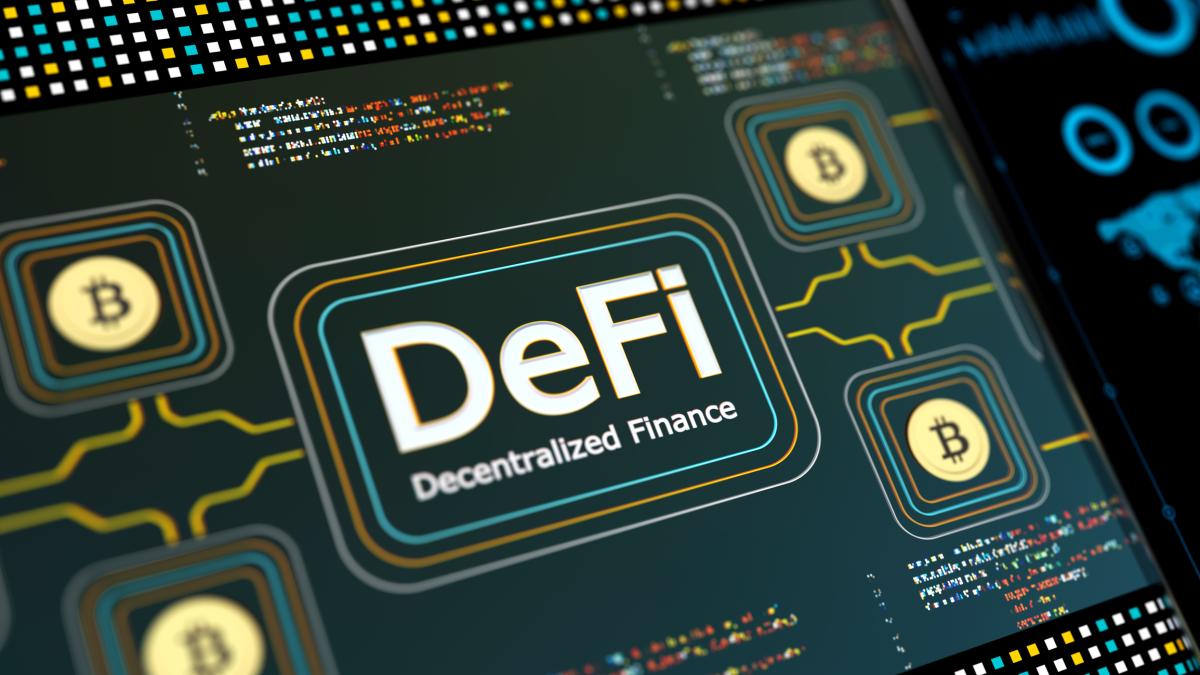By Byron Gilliam, Markets Strategist at Blockworks.
“The determination of the value of an item must not be based on its price, but rather the utility that it yields.”
— Daniel Bernoulli, 1738
Mental models
As a trader, I would occasionally wander across the floor to see what ideas the salespeople were pushing to customers.
On one of those visits, I overheard a colleague on the phone saying, “let me just update my DCF model...” and then watched him loudly clack away on his keyboard before telling the customer, “that would put fair value at…”
I didn’t catch the rest because I was laughing too hard — the keyboard was not attached to any kind of model, DCF or otherwise.
I don’t remember what was on his screen, but, knowing him, it was more likely to be the website of the local Porsche dealer than an Excel spreadsheet — he was just making up numbers.
That salesperson would feel right at home in crypto.
Because if you’ve ever tinkered with a DCF model, you’ll know that when your cost of capital input gets a little high, your fair value output gets a lot random.
For most digital asset tokens, the cost of capital is so high that your DCF model, carefully constructed in Excel, will be no more accurate than that salesperson’s imagined one.
But an imagined one — let’s call it a DCF mental model — may still be useful in crypto.
Expecting returns
Determining cost-of-capital is more art than science, but it’s basically the expected return that investors demand in order to provide capital to a company.
This is actually more straightforward in DeFi than it is in TradFi: every new DeFi protocol competes for TVL by offering returns high enough to attract liquidity providers.
The advertised APY should therefore (in my opinion) be your cost of capital.
APYs are of course sky-high for most DeFi tokens.
If buyers were applying cost-of-capital discounts, that would result in low token prices.
DeFi token prices are (arguably) not low, so we can safely assume that buyers are not using DCF models to decide which cryptos to buy.
But should they be?
Calculating discount rates is the kind of thing that makes my eyes glaze over — it’s the reason I was a trader and not an analyst. And if I didn’t use them for stocks, I’m certainly not going to use them for crypto.
But the basic concept is instructive: the higher the risk (as measured by cost of capital), the less value you should assign to future cash flows.
This is a core tenet of equities investing.
In the case of DeFi tokens, at least, the future is highly uncertain.
Will AMM DEXes even be a thing in a few years’ time?
If so, will they be the same ones we’re using now?
In a space where things are changing as rapidly as they are in DeFi and where new competitors are always just a copy/paste away, predicting the future is, well, impossible.
Which means that future cash flows should be HIGHLY discounted.
The market is on to this — to a degree. DeFi tokens have substantially underperformed this year despite continuously rising TVL — reflecting doubts over the ability of current protocols to monetize that TVL over the long term.
That is DCF-type thinking, but the mindset has not yet fully caught on.
Placing your bets
Looking at the relative valuation of UNI vs. SUSHI makes it clear that crypto investors are not yet thinking entirely like equities investors.
UNI is using its fee income to invest for growth, while SUSHI is paying its fees out to token holders.
Which is to say, UNI is betting on the future and SUSHI is monetizing the present.
But despite the uncertain future for DeFi, UNI is the higher-rated token — this would not be the case in TradFi.
In the equities market, investors in a stock with an uncertain future want their cash flows paid out to them as soon as they’re earned.
Take tobacco, for example: with its market in terminal decline, any tobacco company that re-invested its cash flows into building more cigarette factories would be shunned by investors — we want our tobacco cash flows paid out NOW, before everyone quits smoking.
Which is why if UNI and SUSHI were exchanged-listed equities, SUSHI would be the higher rated of the two — returning current cash flows would be rewarded by investors and investing for the future would be penalized.
Neither UNI nor SUSHI will ever be NYSE-listed, so that may not be an actionable insight. But as more TradFi investors move into crypto, maybe it will be!
More importantly, the relative valuation of UNI vs. Sushi tells you that crypto investors (or “apes” as the DeFi specialists are fondly known) have not yet fully priced in the highly uncertain state of the market.
Would it really surprise you if, in five-years time, the TVL leaderboard was full of protocols that have not yet been invented?
If not, then your DCF model should be applying sky-high discount rates to any DeFi tokens you’re considering.
Which is not to say DeFi is uninvestable — tobacco stocks have been one of the best performing sectors over the past 20 years.
But everything happens faster in crypto. So you’ll need a bigger discount in your DCF model.
Feel free, like my sales colleague, to make it a mental model — because there’s no saying what the right discount is.
Just know that it’s big.
Original article: https://blwk.omeclk.com/portal/public/ViewCommInBrowser.jsp?Sv4%2BeOSSu…
About the Author:
Byron Gilliam traded international equities for investment banks and brokers in Frankfurt, London, Paris and New York before becoming the Markets Strategist at Blockworks.
Now in Chapel Hill, NC, he writes a daily newsletter on crypto and markets. Byron has an undergraduate degree in history from Binghamton University and a master's degree in hard knocks from 20 years of trading.




